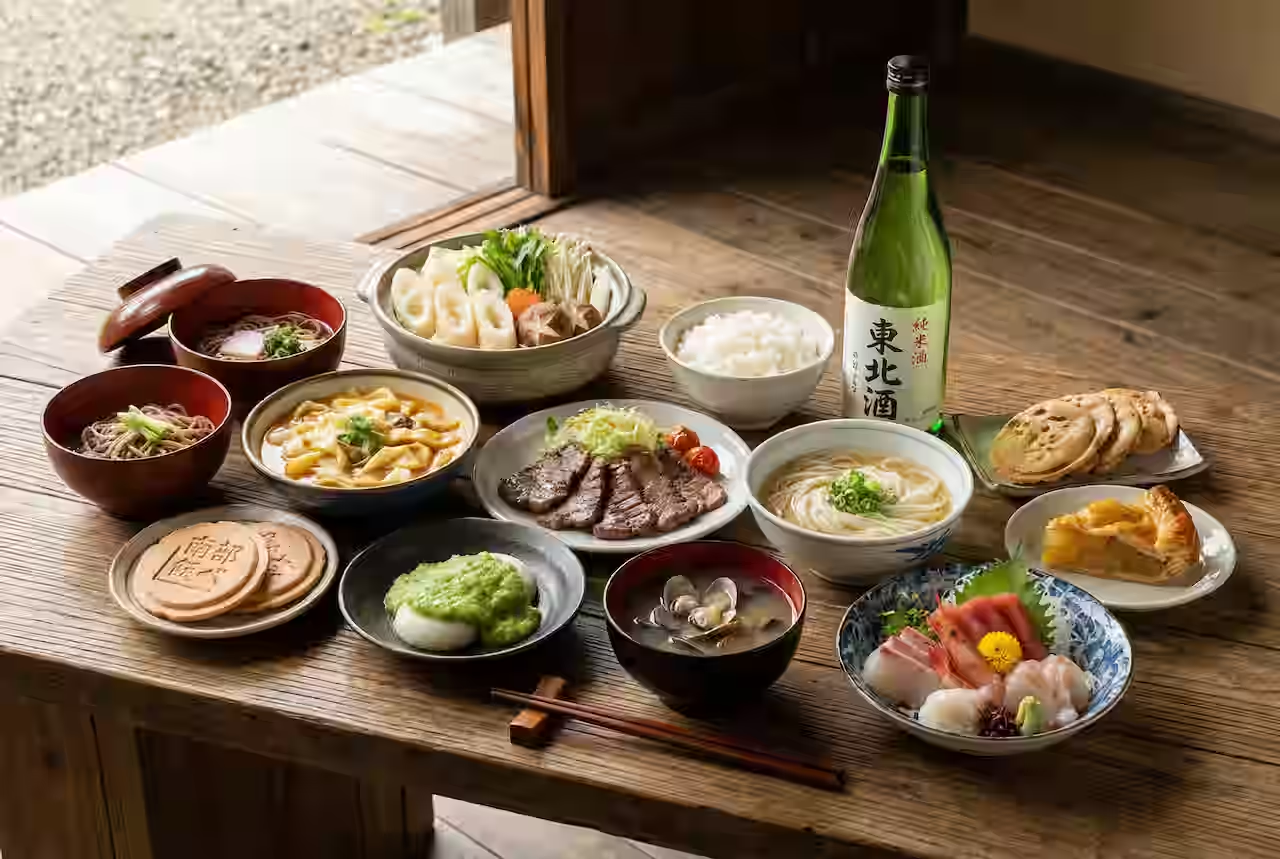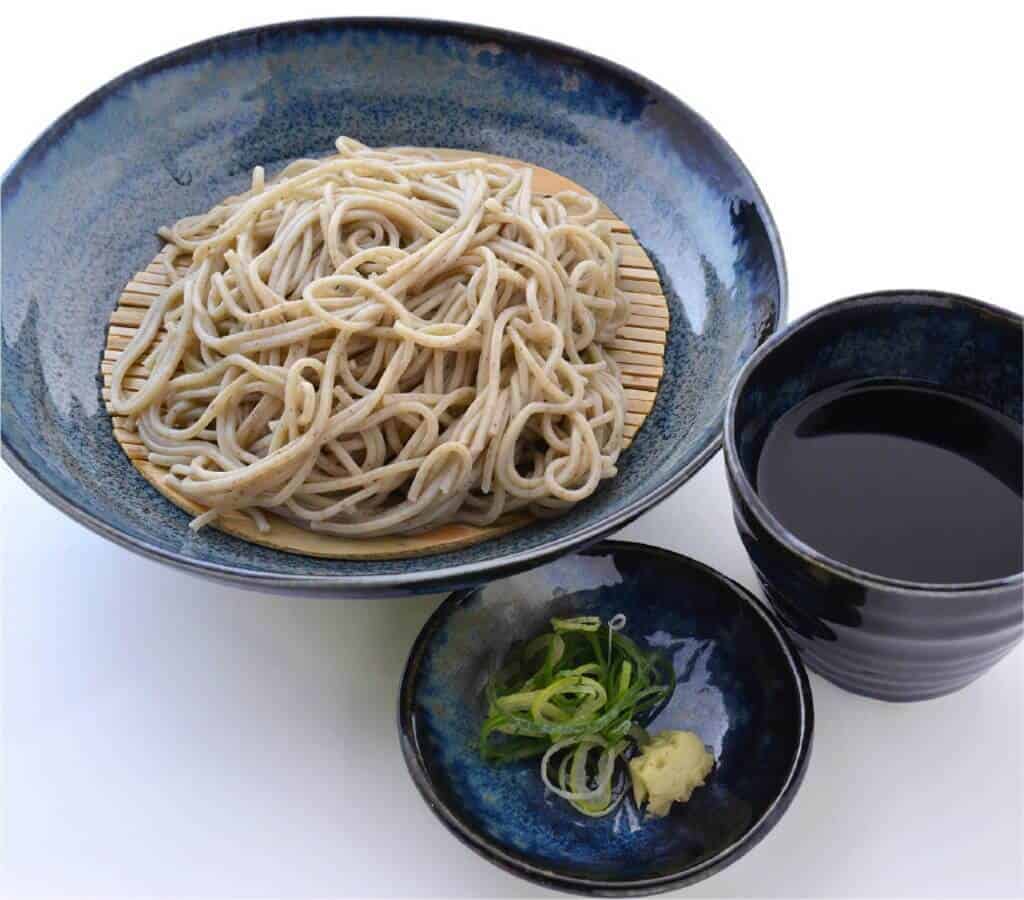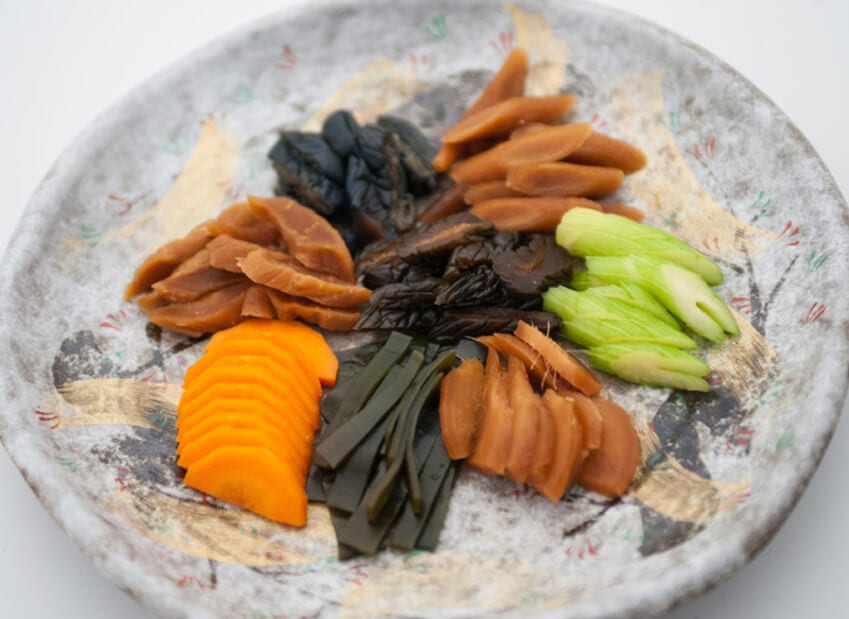Shepherd’s pie, a dish known for its comforting layers of meat and mashed potatoes, possesses a charm that transcends cultural boundaries. In Japan, where home cooking is cherished, this British classic has found a niche in the diverse culinary landscape.
The combination of flavors and textures in shepherd’s pie resonates with Japanese taste preferences. This exploration of shepherd’s pie from a Japanese perspective presents a flavorful journey, illustrating how a simple dish captivates hearts through shared experiences and adaptations.
Understand Japanese Palate Preferences
With its emphasis on seasonal ingredients and umami flavors, the Japanese palate presents a unique approach to food. The subtlety of flavors in Japanese cuisine makes it amenable to new dishes like shepherd’s pie. Ingredients like miso, soy sauce, and daikon are staples, and many find the idea of incorporating these into an English dish intriguing.
Chefs and home cooks alike have begun experimenting with incorporating local flavors into shepherd’s pie. The harmony of sweet potato mash with traditional minced meat creates a comforting effect familiar to many Japanese households. More than just palatability, this blending highlights a growing openness toward international cuisines in Japan.

Image source: https://www.pexels.com/photo/three-round-pies-288264/
Adapt Shepherd’s Pie to Local Tastes
The flexibility of shepherd’s pie opens doors for Japanese interpretations, inviting creativity in its preparation. The popular shepherd’s pie recipe by Gordon Ramsay highlights how international dishes can be tailored to elevate local palates. Some common adaptations include swapping traditional mashed potatoes for the sweeter and smoother Japanese sweet potato. Using local proteins adds a unique twist that resonates across generations. Incorporating shiitake mushrooms or snow peas enriches the dish, blending cultures into an exquisite whole.
Use teriyaki sauce as a marinade for the meat and infuse it with a familiar flavor without deviating from the original dish’s comfort. The use of seasonal ingredients underscores the freshness integral to shepherd’s pie.

Image source: https://unsplash.com/photos/brown-and-black-round-pizza-on-black-pan-avuCz1Tm11c
The Role of Comfort Food in Cultural Exchange
Comfort food resonates on a primal level, connecting people through shared experiences and nostalgia. Shepherd’s pie works its way into the hearts of those who experience it. In Japan, comfort food embodies the essence of home cooking, where meals symbolize love and care. As shepherd’s pie garners popularity, it promotes cross-cultural dialogues that highlight both similarities and differences in food culture.
Eating becomes a form of communication: sharing a dish brings with it an exchange of traditions and stories. The blending of diverse backgrounds improves understanding and appreciation, bridging gaps through simple yet profound moments over a shared meal. The soft mash and rich filling evoke comfort from the food itself and the experiences tied to it.
Discover Shepherd’s Pie for the First Time
For many Japanese, the first encounter with shepherd’s pie can be an exciting culinary adventure. The sight of a golden crust enveloping delicious fillings creates an enticing visual feast. Many may think of shepherd’s pie as merely an exotic foreign dish initially. The experience surprises them as they find the comforting aspects reminiscent of home-cooked meals.
Restaurant menus in urban areas feature shepherd’s pie. Online platforms showcase various recipes and adaptations, creating a hub for sharing culinary adventures. For first-timers, the combination of rich meat, creamy mash, and inviting aroma can transform what seemed foreign into a beloved classic.

Image source: https://unsplash.com/photos/a-brown-and-white-bowl-filled-with-food-on-top-of-a-table-ywQuVlXNuJ0 With
its rich, comforting layers and adaptability, Shepherd’s pie captures hearts across cultures. In Japan, its integration into casual dining represents the rise of culinary creativity and the warmth of comfort food. By bridging flavors and ingredients, individuals from different backgrounds find common ground. The dish serves as a canvas for crafting connections and celebrating shared experiences through food.
















Comments